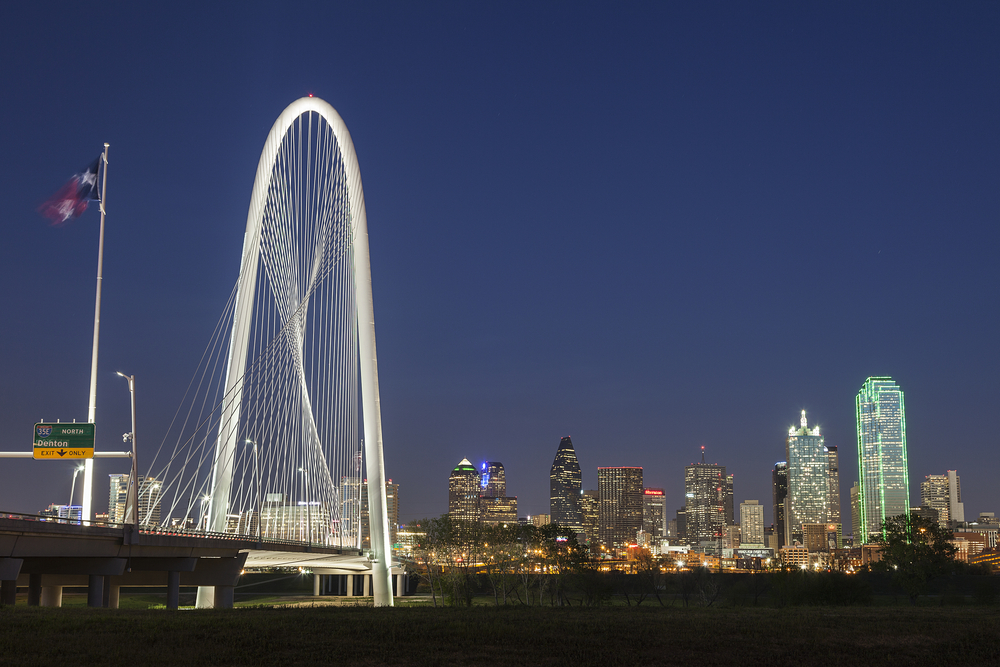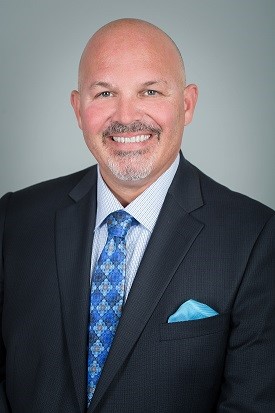Dallas has been on a roll in terms of CRE success for quite some time now thanks to its strong tech and financial sectors and population growth, which is sustained by a lower cost of living and corporate relocations. With total sales volume reaching $246 million in Q1 and 6.72 million square feet of new development scheduled to come online in Q2, DFW is a true powerhouse within the Texas office real estate market.
Lately it has piqued the interest of Asian investors, with Dallas joining a select company of top-tier markets such as Manhattan and L.A. with last year’s $825 million acquisition of a 2.2 million-square-foot office by a joint venture between Transwestern and Mirae Asset Global Investments.
We asked Stephen LaMure – whose previous roles included working with Trammell Crow and New York Life Insurance Co., before starting Dominus Commercial in 2001 – for his insight into the future of the DFW market.
How does the Dallas market compare to the other states in the country?
LaMure: The overall DFW market has seen a long uptick that most of the rest of the U.S. has not seen. The population explosion, corporate relocations, infrastructure and improvements have driven extreme growth and CRE development in area.
With the first half of 2017 already behind us, are there any differences from last year or from the years before, when it comes to the commercial real estate market?
LaMure: The only difference I see is that there hasn’t been the same activity with corporate relocations to this area. When we have a large relocation such as Toyota, it’s not just Toyota but many ancillary business and clients of Toyota that come into the marketplace, which stimulates significant activity in commercial real estate. Other than that, on a local level the market has not seen significant change and is still running at a very high speed.
What is driving development in the Dallas market?
LaMure: I believe corporate relocations based on the cost of living, weather and centralized location are behind the growth. Companies in DFW are also growing and expanding. DFW also has a very vibrant start-up and venture community which is many times overlooked with people focusing on Austin and the Bay Area as hotspots, however Dallas has somewhat quietly emerged as a start-up incubator space.
What’s your take on the increased appeal of the market to foreign investors? How will Chinese investment in U.S. real estate influence the market?
LaMure: I understand the desire of foreign investors diversifying out of their respective countries. It can be quite a risk situation to have all your wealth in one country, especially one that could potentially be volatile. The U.S. traditionally has been a stable market and there is nothing to suggest that the values will not hold up over the long term. The influence this has had on the commercial real estate market has been inflated pricing and low cap rates. Outside investors’ money, especially from China is centred more on wealth preservation than ROI and while they want ROI having that stability is the priority. With so much capital looking for real estate deals, the added pressure from Chinese investors only keeps pricing at a high level.
What do you think would be the most desirable type of commercial real estate to own going forward? Would it be office properties, land, industrial, multi-family etc.?
LaMure: I think you need to focus on deals not necessarily which product type. If you find the right deal in the right location at the right price then that is what I would think is most desirable. When multi-family seems overbuilt, you can always find a value add deal to turn-around and either sell or cash flow. That same principle goes for the other product types. If I had to pick one, I would choose land around growing metropolitan areas. Land prices do not tend to lose value and if the area is growing and changing the value can increase dramatically.










